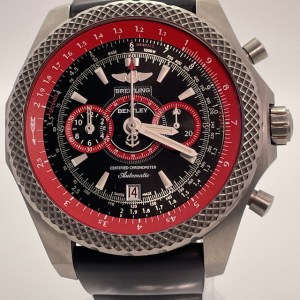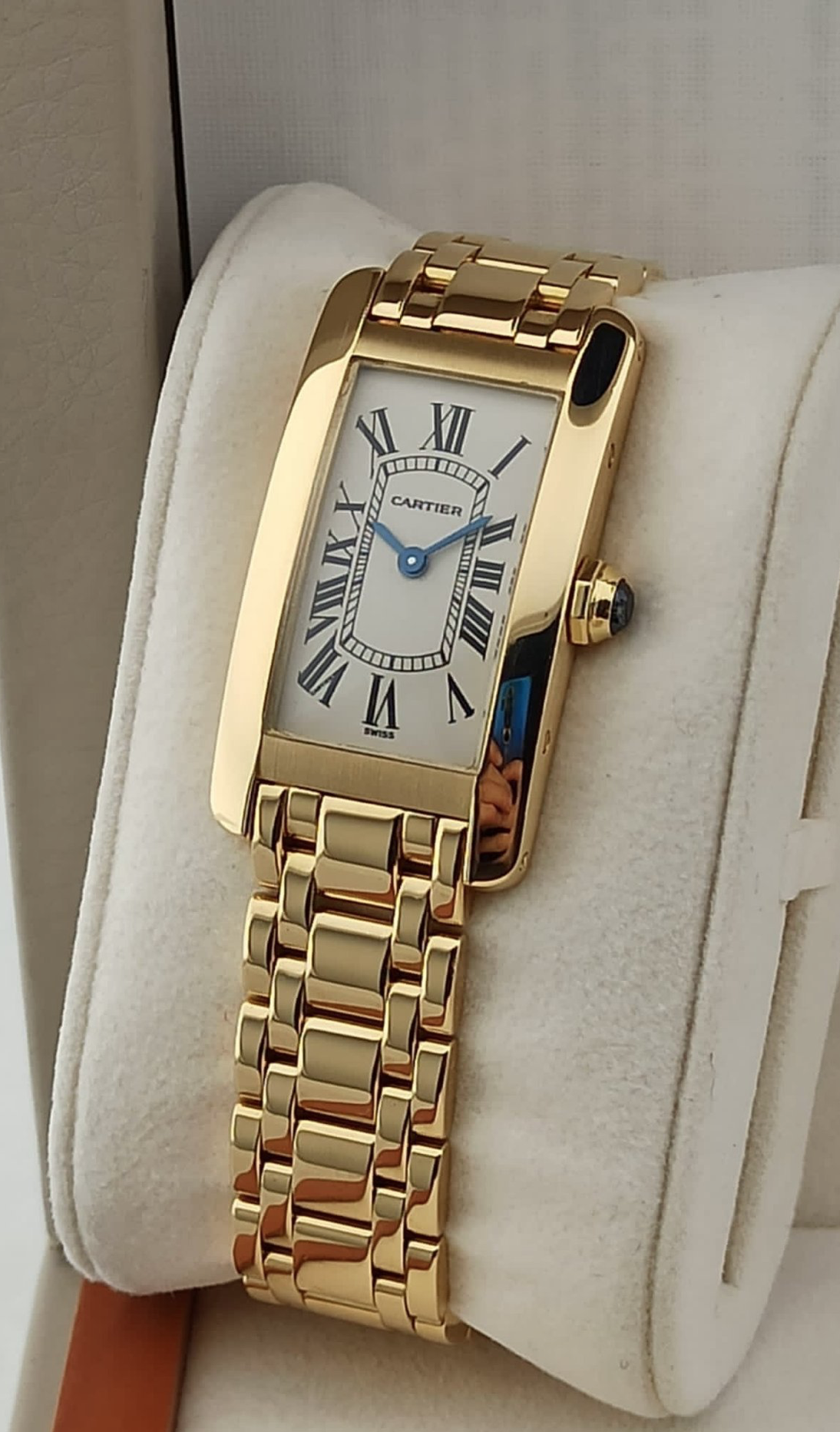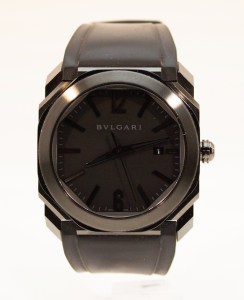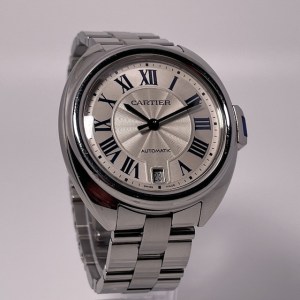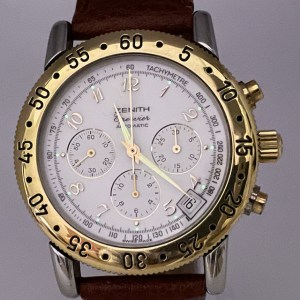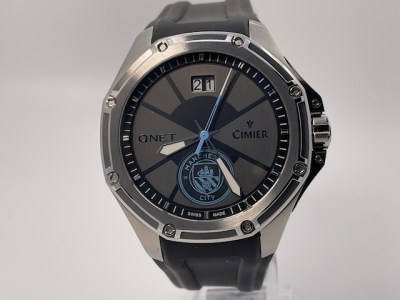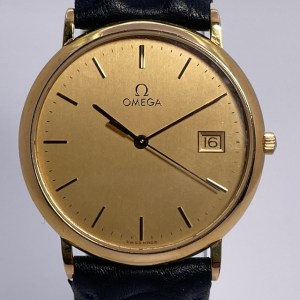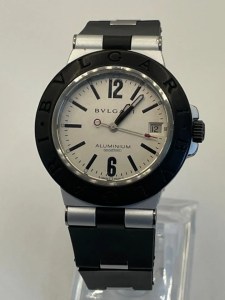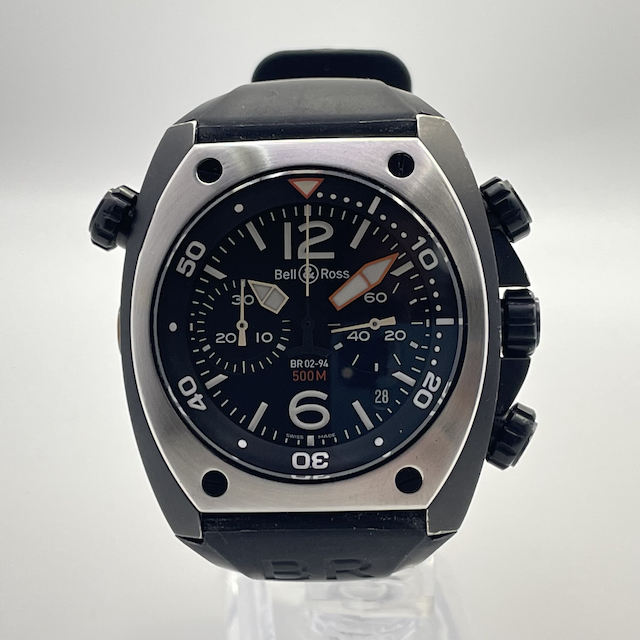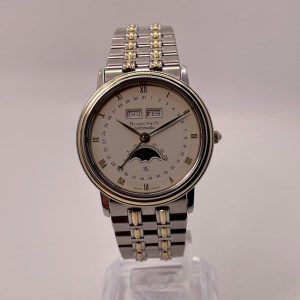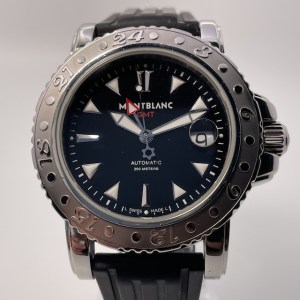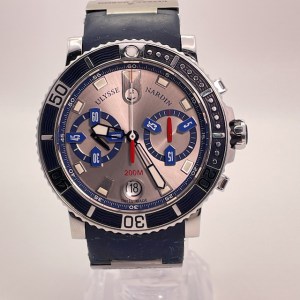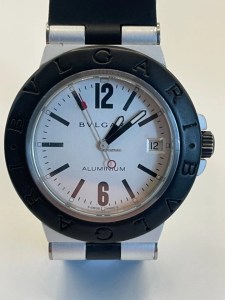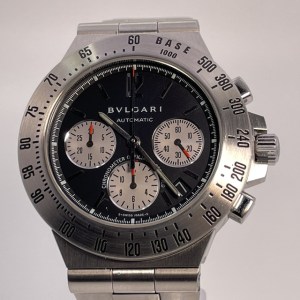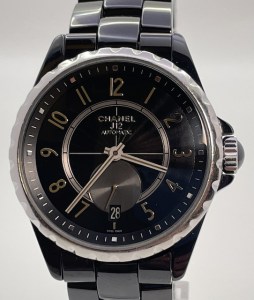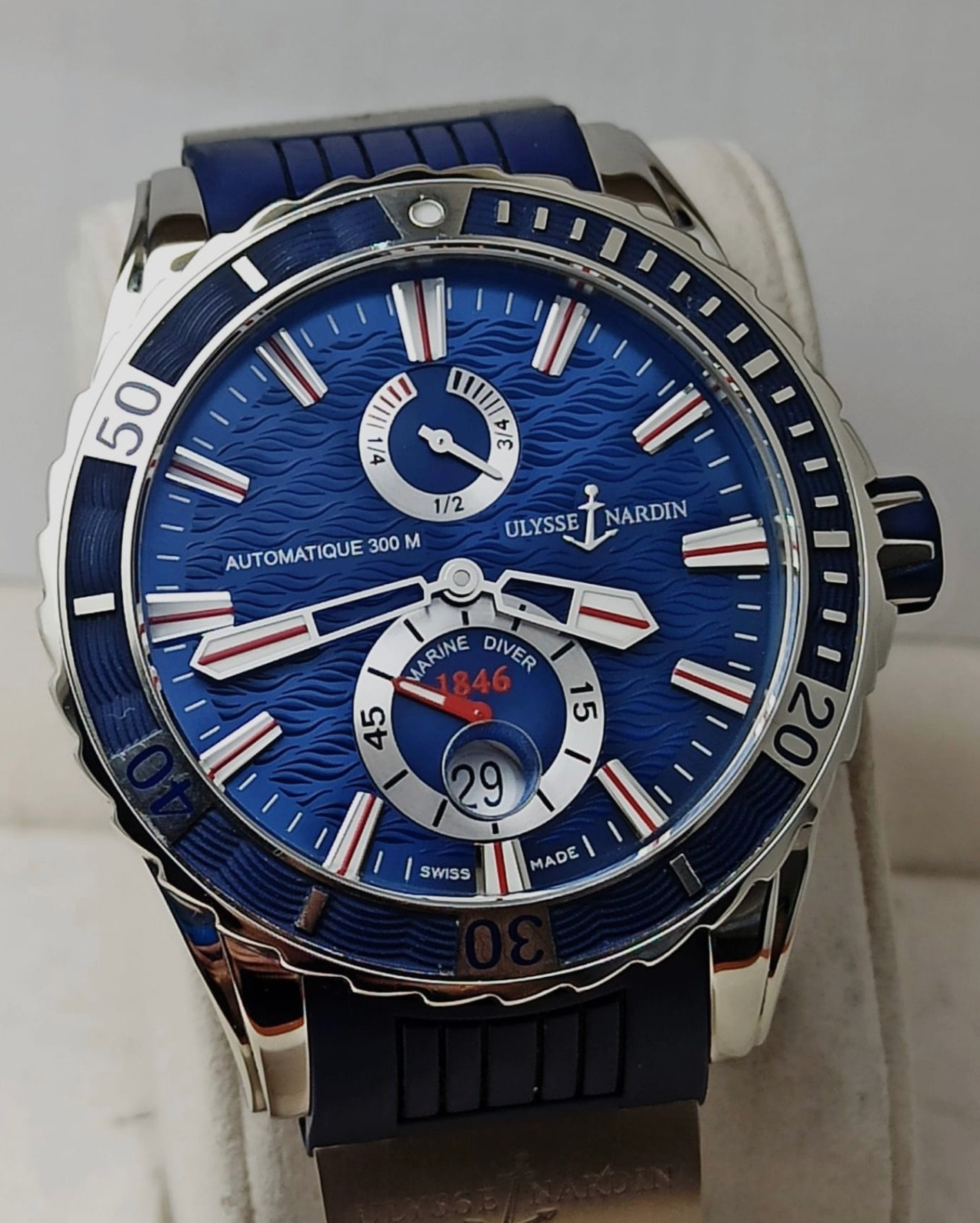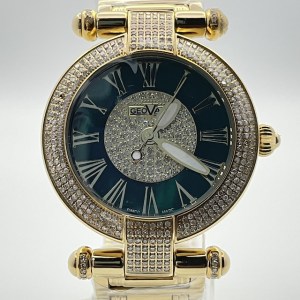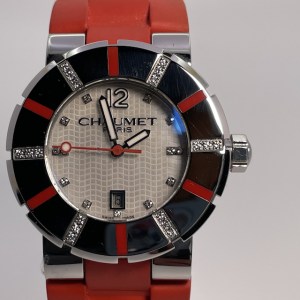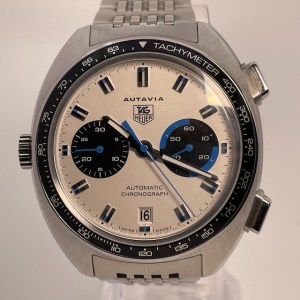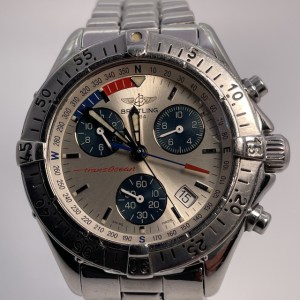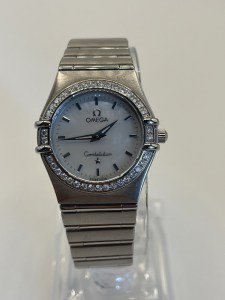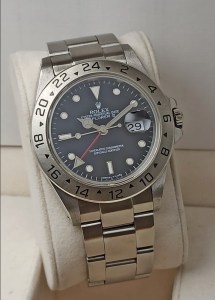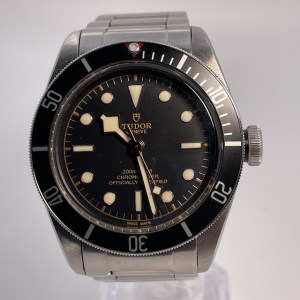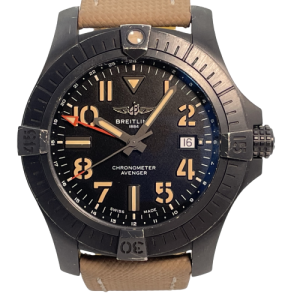The story of the evolution of watches is a chronicle of human creativity and technical innovation.
In the beginning, sundials and water clocks were replaced by weight and spring-driven mechanisms. In the 17th century, the introduction of the oscillating balance was a major milestone, radically increasing the accuracy of clocks. The oscillating and other early mechanical systems, such as Huygens' spindle or Graham's escapement, opened up new dimensions of accuracy. In the 20th century, quartz watches revolutionised the technology of timekeeping, followed by digital and smart watches, which brought another paradigm shift.
The development of watches and accurate timekeeping also demanded the development of maritime navigation, where precise positioning would have been impossible without accurate watches. We needed John Harrison's chronometers, which were able to operate accurately over long distances and were essential to the development of nautical charting and navigation. Modern regulating mechanisms such as the co-axial escapement, tourbillon and Seiko Spring Drive continue to push the boundaries of horology, ensuring that watches can perform at the highest level of both accuracy and reliability.
The evolution of watches is a fascinating journey from the early forms of timekeeping to modern technological marvels.
The sundial, popular in ancient civilisations, was a simple way of telling the time by the position of the sun. The water clock was the next step, used especially in ancient Egypt and Greece.
In the 14th century, the first mechanical clocks appeared in Europe, which were able to work reliably for hours. Pocket watches became popular in the 16th century.
In the 17th century, Christiaan Huygens created the first pendulum clock, which finally improved the accuracy of time measurement significantly.
A key point in the development of mechanical clocks was the appearance of the spring mechanism in the 15th century. Peter Henlein, a German watchmaker, developed the first portable mechanical clocks, which we call pocket watches, in the early 1500s. These clocks were spring-driven, which allowed them to be smaller and self-winding, i.e. independent of any external force.
In addition to the spring mechanism, the development of escapement mechanisms was also an important milestone. The escapement, developed in the 17th century, allowed the clock mechanism to move more smoothly, thus increasing the accuracy of timekeeping. These developments contributed to the everyday wearability and reliability of watches, allowing them to become widespread and indispensable companions for people.
At the beginning of the 20th century, quartz technology revolutionised the world of timekeeping, making it possible to measure time to the millionth of a second. Digital watches appeared in the 1970s, with electronic displays and improved functions.
The 21st century has seen the rise of smartwatches, which not only measure time but also perform a range of other functions such as tracking health data, connecting to smartphones and much more.
The history of watches is thus not only a story of the evolution of timekeeping, but also a fascinating example of human ingenuity and technological progress, a clear meeting of past and future and a constant confirmation of the inevitability and invincibility of time.




